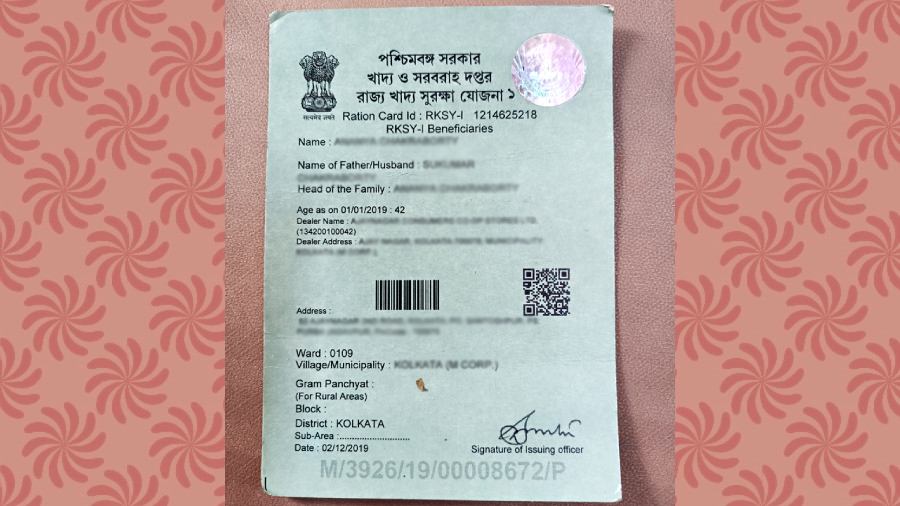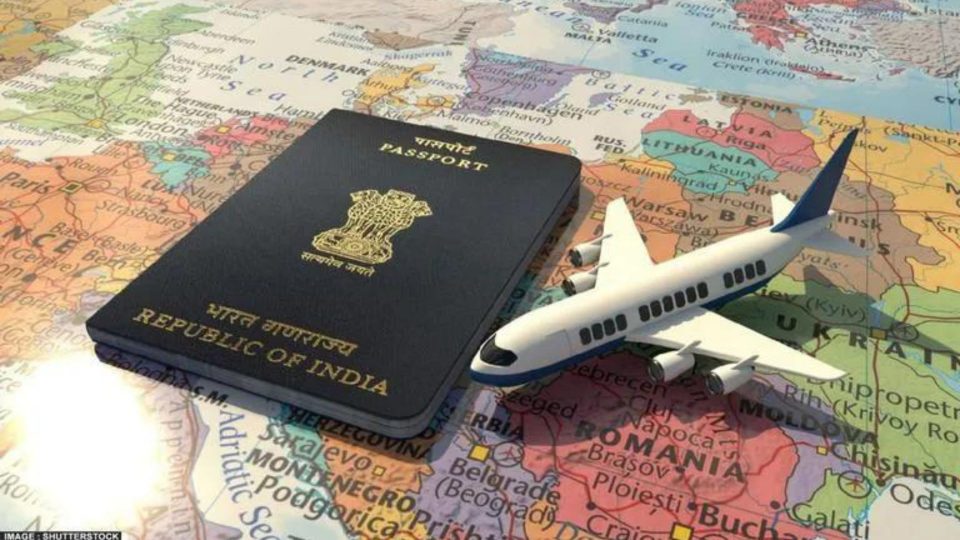
A Guide to Claiming Deductions in Your Income Tax Return
It’s important to understand HRA (House Rent Allowance) and its benefits if you are an income taxpayer before you file your taxes. Understanding this information can enable you to make lawful tax savings.
What Is House Rent Allowances (HRA)?
The Housing Rent Allowance (HRA) is an important part of your pay, and unlike your basic pay, it is partially taxed. A part of your HRA is tax-exempt under Section 10 (13A) of the Income Tax Act, subject to certain restrictions and regulations. This implies that a portion of your HRA is retained by you and is not subject to income tax.
Who Can Claim House Rent Allowance (HRA)?
You can still receive advantages whether you work for yourself or receive a salary without a House Rent Allowance (HRA) by using Section 80GG of the Income Tax Act.
You are eligible for House Rent Allowance (HRA) exemptions under Income Tax Act Section 10-13A in the following ways:
- If you reside in an area other than a metropolis then forty per cent of your base pay.
- If you reside in a metro area such as Chennai, Kolkata, New Delhi, or Mumbai, fifty per cent of your base pay.
- You can claim the actual amount of rent paid after deducting 10% of your base pay if your rent exceeds your HRA.
Documents Needed For House Rent Allowance
- No further documentation is needed for HRA claims up to Rs 3,000 per month.
- If your monthly HRA claim should be between Rs 3,000 and Rs 8,333, you will need to provide rent slips that have been signed by your landlord.
- If your monthly rent is more than Rs 8,333, you must submit:
- Receipts for rent
- The landlord’s PAN number
- Include a declaration from the landlord on plain paper explaining their lack of PAN if they do not have one. Make sure the landlord’s phone number and address are included in the declaration.



